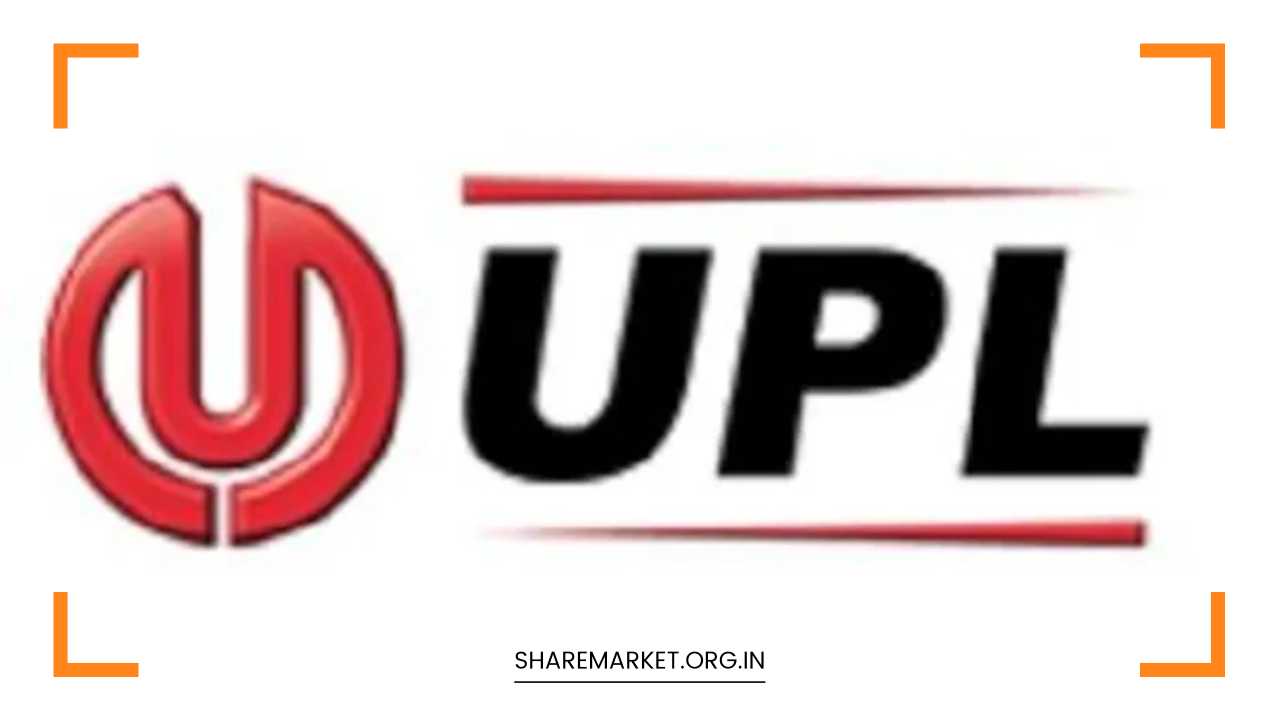UPL Ltd Stock Journey

UPL Ltd Stock
UPL Ltd Stock Journey: A Rollercoaster Ride
UPL Ltd, a prominent player in the agricultural solutions industry, has seen its stock journey evolve dramatically over the years.
As a global leader in agrochemicals, UPL’s performance on the stock market has been subject to a multitude of factors, ranging from global economic fluctuations to shifts in agricultural trends and regulatory environments.
This article provides a comprehensive analysis of UPL Ltd’s stock journey, highlighting key milestones, challenges, and future prospects.
The Early Years and Growth Phase
Formation and Initial Market Focus
UPL, originally named United Phosphorous Limited, was established in 1969. The company’s early focus was primarily on the Indian agricultural sector, where it manufactured and marketed a range of agrochemical products.
In these formative years, UPL’s stock performance was closely linked to the health of the Indian agricultural market and government policies that influenced agricultural growth.
The Liberalization Era
A turning point for UPL came in the 1990s with the liberalization of the Indian economy. This period marked the beginning of significant changes in the business environment, providing UPL with new opportunities for growth.
The liberalization process introduced competition and opened up international markets, prompting UPL to embark on an aggressive acquisition strategy.
Expansion Through Acquisitions
During the 1990s and early 2000s, UPL acquired several international companies, significantly expanding its global presence.
These acquisitions were strategic moves aimed at diversifying its product portfolio and entering new geographical markets.
The stock price experienced a notable uptrend during this phase as investors anticipated the benefits of UPL’s global expansion and increased market share.
Global Expansion and Challenges
Navigating Integration Issues
Despite the promising prospects, UPL’s global expansion was not without its challenges. The integration of acquired companies posed significant hurdles, including aligning diverse corporate cultures and operational practices.
Furthermore, UPL faced currency fluctuations, which added volatility to its financial performance.
Impact of the 2008 Financial Crisis
The 2008 global financial crisis was a major setback for UPL. The crisis led to a decline in commodity prices and a general downturn in investor sentiment. UPL’s stock price, like many others, experienced sharp declines during this period. The crisis underscored the vulnerability of global businesses to macroeconomic shocks.
Strategic Response
In response to these challenges, UPL’s management undertook several measures to stabilize the company. Cost-cutting initiatives were implemented, and the focus shifted towards enhancing operational efficiency.
These steps were crucial in navigating the turbulent economic environment and positioning the company for future growth.
A Resurgence and Focus on Sustainability
Strategic Transformation
In the aftermath of the financial crisis, UPL embarked on a strategic transformation. The company began to emphasize sustainable agriculture, focusing on developing products that were environmentally friendly.
This shift aligned with the growing global awareness of sustainability and environmental issues.
Key Acquisition: Arysta LifeScience
A significant milestone in UPL’s journey was the acquisition of Arysta LifeScience in 2018. This acquisition was a game-changer for UPL, enhancing its capabilities in crop protection and further solidifying its position as a leading player in the global agrochemical industry.
The successful integration of Arysta LifeScience into UPL’s operations marked a turning point in the company’s stock performance.
Impact of COVID-19 and Beyond
Initial Challenges and Adaptation
The COVID-19 pandemic, which began in early 2020, posed unprecedented challenges to businesses across the globe. UPL was no exception.
The pandemic initially disrupted operations, supply chains, and market dynamics. However, UPL’s essential role in the global food supply chain played a critical role in mitigating some of the adverse effects.
Digital Transformation
One positive outcome of the pandemic was the accelerated adoption of digital technologies in agriculture. UPL seized this opportunity by investing in digital platforms to enhance connectivity with farmers.
These platforms provided real-time crop management solutions, which proved valuable during the pandemic and positioned UPL for future growth in a digitized agricultural landscape.
Stock Performance Analysis
Financial Metrics
To gain a deeper understanding of UPL’s stock performance, it’s essential to analyze various financial metrics:
- Revenue Growth: Revenue growth reflects UPL’s ability to expand its market presence and adapt to changing market conditions.
- Profit Margins: Profit margins indicate the company’s efficiency in managing costs and generating profits.
- Debt-to-Equity Ratio: This ratio provides insight into UPL’s financial leverage and risk profile.
- Return on Equity (ROE): ROE measures the company’s profitability relative to shareholders’ equity, offering a perspective on how effectively UPL is utilizing its capital.
Comparative Analysis
Comparing UPL’s stock price movements with industry peers and broader market indices can offer valuable insights. Examining how UPL’s stock has performed relative to its competitors and the overall market can help investors assess its relative strength and potential for future growth.
Investor Sentiment and Analyst Ratings
Shifts in Investor Sentiment
Investor sentiment towards UPL has fluctuated over the years, influenced by the company’s financial performance and broader market conditions.
Periods of strong financial performance and optimistic forecasts have generally been associated with bullish sentiment. Conversely, challenges and setbacks have led to periods of skepticism and caution among investors.
Role of Analyst Ratings
Analyst ratings are a critical factor in shaping investor perception. Positive analyst recommendations can boost UPL’s stock price, while negative ratings can exert downward pressure.
Analysts’ insights and forecasts provide valuable information for investors making decisions about UPL’s stock.
Future Outlook and Key Considerations
Global Agricultural Landscape
UPL’s future prospects are intricately linked to the global agricultural landscape. Several factors will play a crucial role in shaping the company’s performance:
- Climate Change: Climate change impacts crop patterns and agricultural productivity, influencing demand for agrochemical products.
- Population Growth: Increasing global population drives demand for food production and, consequently, agricultural solutions.
- Consumer Preferences: Shifts in consumer preferences towards sustainable and organic products can impact UPL’s product development and market strategies.
Key Considerations for Investors
Investors should consider the following factors when evaluating UPL’s future prospects:
- Global Economic Conditions: Economic downturns can affect agricultural spending and commodity prices, impacting UPL’s performance.
- Crop Patterns and Weather Conditions: Variations in crop yields due to weather conditions can influence demand for agrochemicals.
- Regulatory Environment: Changes in environmental regulations can affect product development, compliance costs, and market access.
- Competition: The agrochemical sector is highly competitive, with both domestic and international players vying for market share. Intense competition can impact profit margins and market positioning.
- Research and Development (R&D) Investments: UPL’s ability to innovate and develop sustainable products will be crucial for long-term growth and maintaining a competitive edge.
Final Remarks
UPL Ltd’s stock journey has been characterized by a series of ups and downs, reflecting the company’s adaptability and resilience in the face of various challenges.
From its early focus on the Indian market to its transformation into a global leader in agricultural solutions, UPL’s journey illustrates the complexities of operating in the agrochemical industry.
The company’s commitment to sustainability and strategic acquisitions has strengthened its market position and provided a foundation for future growth.
However, investors must remain vigilant about the various factors influencing UPL’s performance, including global economic conditions, climate change, regulatory developments, and competition.
For those considering investment in UPL, a thorough analysis of the company’s financial performance, growth potential, and associated risks is essential. As always, prospective investors should conduct their own research or seek advice from financial professionals to make informed investment decisions.
Note: This article provides a general overview and is not intended as financial advice. Investors should perform their own research or consult with a financial advisor before making investment decisions.

















